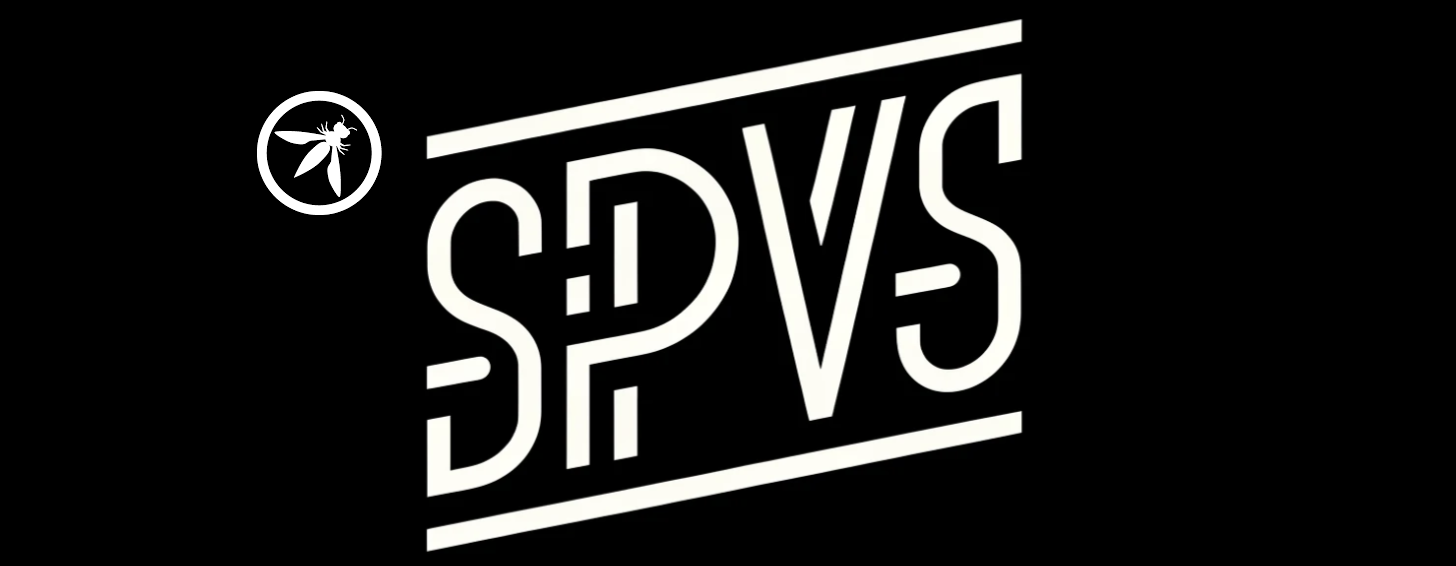Secure Pipeline Verification Standard (SPVS)

SPVS
The Secure Pipeline Verification Standard (SPVS) is a comprehensive, security-focused framework designed to assess, enhance, and standardize the security maturity of software delivery pipelines across the full lifecycle: Plan, Develop, Integrate, Release, and Operate.
SPVS delivers structured, actionable controls to help manage and mitigate risks tied to code, artifacts, and operational environments, embedding security from inception through continuous operations. It promotes a proactive, security-first culture that aligns with compliance requirements, ensures artifact integrity, and reinforces operational resilience within modern DevSecOps ecosystems.
Built on a multi-tiered maturity model, SPVS allows teams to start with baseline security practices and progress toward advanced, secure-by-design pipelines. It is both scalable and adaptable, supporting diverse cloud, hybrid, and on-premises environments and aligning with methodologies like Agile, DevOps, and Engineering.
By embedding security at every phase and continuously validating controls, SPVS transforms traditional software pipelines into secure, resilient, and compliant systems. It provides a standardized, measurable approach for organizations to design, implement, and sustain secure pipelines, serving as a critical enabler of long-term DevSecOps success.
Useful Links
Goal
To provide a robust suite of controls and best practices that:
- Reduces the risk of attacks and vulnerabilities across software pipelines.
- Improves artifact integrity, build environment protection, and release assurance.
- Automates security validation and compliance within software pipeline processes.
- Elevates security maturity progressively through the SPVS stages.
Ultimately, SPVS empowers organizations to deliver secure, reliable, and compliant software — efficiently and at scale.
Key Aspects of the SPVS Guide
The Secure Pipeline Verification Standard (SPVS) provides a structured, adaptable, and actionable framework that integrates security across all stages of the software pipeline — Plan, Develop, Integrate, Release, and Operate.
1. Multilevel Control Framework
SPVS introduces a tiered control structure that aligns with organizational maturity levels.
- Each control maps to specific pipeline stages and corresponding security objectives.
- Enables teams to adopt baseline controls early and progress toward advanced practices as maturity increases.
- Supports alignment with frameworks such as CIS Benchmarks, OWASP ASVS, and cloud provider Well-Architected Frameworks.
2. Progressive Implementation Pathway
Provides a stage-by-stage roadmap for building secure pipelines.
- Guides teams from foundational security principles in Plan and Develop, to advanced controls in Integrate, Release, and Operate.
- Encourages continuous improvement, allowing incremental security adoption without disrupting delivery velocity.
- Embeds feedback loops and threat-informed iteration for sustained enhancement.
3. Customizable and Adaptable Controls
Delivers flexible, environment-agnostic controls tailored to diverse software delivery ecosystems.
- Supports multi-cloud, hybrid, and on-premises architectures.
- Adaptable to varied methodologies — Agile, DevOps, DevSecOps, and Platform Engineering.
- Ensures context-aware security integration across tooling (e.g., GitHub Actions, GitLab software pipeline, Jenkins, Azure DevOps).
4. Comprehensive Pipeline Coverage
Covers the end-to-end software lifecycle, embedding security throughout.
- Focus areas include secure code management, artifact integrity, build environment protection, and automated validation within software pipeline.
- Integrates compliance monitoring, change control, incident response, and operational resilience.
- Reinforces visibility and traceability across all SPVS stages to ensure accountability and auditability.
5. Actionable and Dynamic Resource
Acts as a living framework designed for continuous evolution and measurable improvement.
- Offers clear, actionable controls that drive tangible security outcomes.
- Promotes automation, real-time assessment, and data-driven decision-making for pipeline hardening.
- Enables organizations of all sizes to evaluate, benchmark, and elevate their software pipeline security posture.
SPVS Stages
The Secure Pipeline Verification Standard (SPVS) enhances traditional DevSecOps and DevOps practices by embedding security principles into every phase of the software delivery lifecycle.
1. Plan
Define scope, objectives, and security requirements for each iteration.
- Assess risks, establish baselines, and align with business and compliance goals.
- Incorporate feedback loops, postmortems, threat modeling, and lessons learned.
- Ensure continuous improvement in product quality and security posture.
2. Develop
Build security into the code from the start.
- Follow secure coding standards and perform continuous code reviews.
- Integrate automated vulnerability detection tools during development.
- Address issues early to reduce remediation costs and risk.
3. Integrate
Securely integrate new code into the main codebase.
- Enforce security checkpoints before deployment.
- Perform automated validation, artifact integrity checks, and environment hardening.
- Use structured, repeatable security tests and compliance-aligned scans to detect vulnerabilities early.
4. Release
Ensure production-ready, secure, and compliant deployments.
- Conduct final security validations, compliance checks, and approvals.
- Use automated, auditable pipelines for minimal-risk releases.
- Emphasize artifact integrity, change control, and secure rollout strategies.
5. Operate
Maintain and protect production environments.
- Implement continuous monitoring, incident response, and patch management.
- Enforce access control and operational resilience.
- Leverage real-time visibility and anomaly detection to ensure ongoing compliance and reliability.
🔍 Why did the SPVS framework start a band? -> It already had great stage